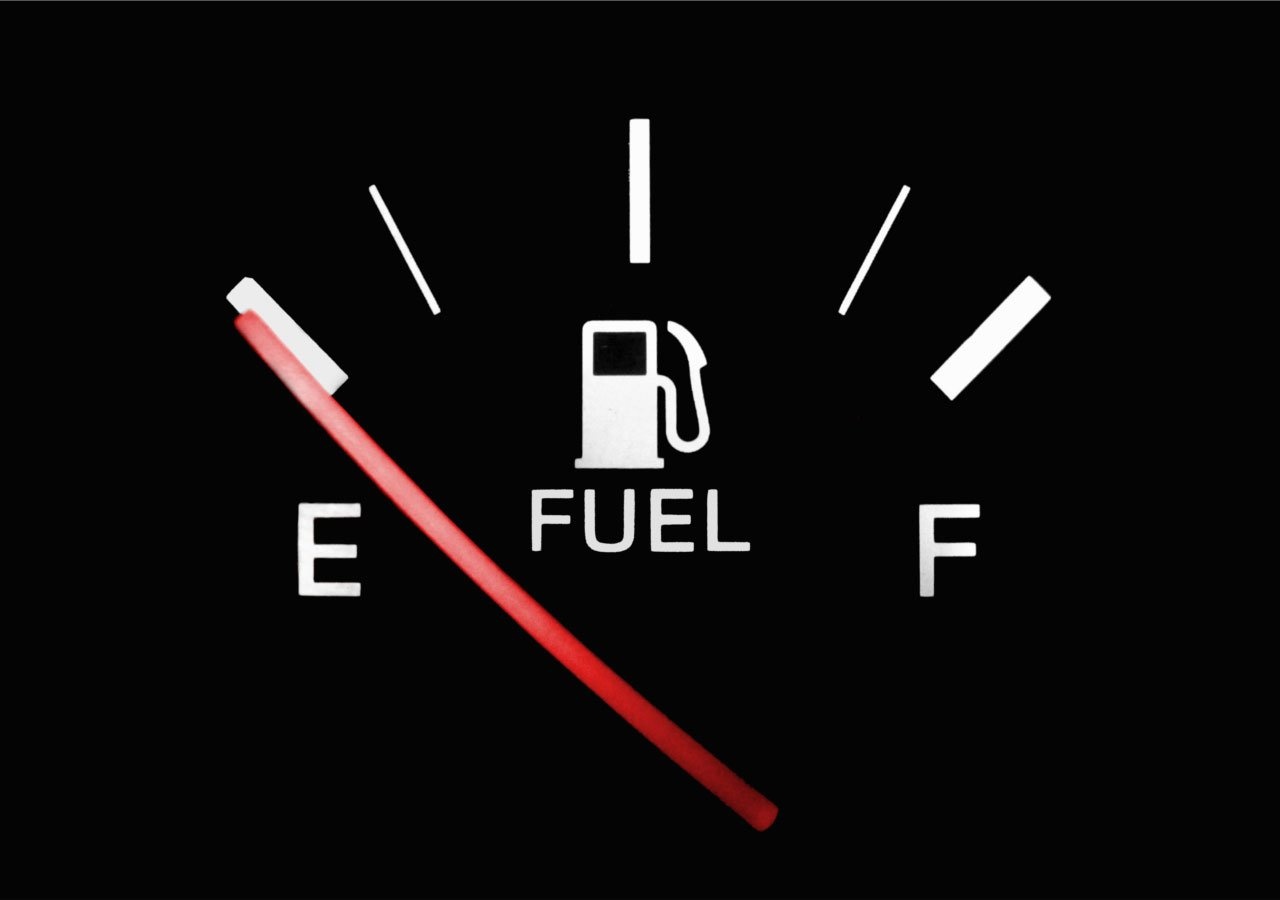
Dealing with fleet vehicles in winter, whether for driving or for maintenance, is completely different from what we usually practice during the year. From particularly cold conditions to severe winter weather, we have shared our advice on how to prepare fleets for the cold season and adapt driving style accordingly. It is important that all fleets are prepared and share this information, but there is also some advice we can offer to help tackle lower fuel efficiency in colder conditions.
In the winter season it is a fact that fuel efficiency drops in mpg over every 100 km driven, so that global fuel consumption increases noticiably. While a cause for this might be the less efficient driving style suited to the road conditions, selecting lower gears and slowing down more, there are still some actions we could take to improve fuel efficiency in cold temperatures.
1. Parking depot
If your company has a covered parking lot or a closed depot where you can park vehicles overnight, be sure to park vehicles in it. This will keep their start-up temperature moderate, lessening the strain placed on the battery and ensuring engine oil remains fluid.
2. Tyre pressure checks
Remember to check tyre pressure on a consistent basis; even more so as the temperature drops. Changes in temperature affect tyre pressure. It has been estimated that fuel economy declines 0.4 percent for every 1 psi drop. Make sure you have a scheduled process for this and tyre pressure is always at the recommended psi values.
3. Try not to overload battery
Unless a device is strictly necessary for your fleet operation, do not use electrical components or demisters or even seat warmers for longer than necessary. Of course, common sense dictates that visibility is a priority in challenging driving conditions, but do not go beyond what is necessary and put an excessive load on the battery at the detriment to fuel economy.
4. Try to minimise idling
Idling is much more common in winter than during the rest of the year. Resist the temptation to 'idle' your vehicle—remember, an idling engine gets zero miles to the gallon. Consider also that idling the engine does nothing to warm up the tyres and drivetrain. Even in the coldest weather, you can begin driving after a few seconds from a cold start—keep speeds low/moderate and use gentle acceleration until the temperature gauge starts to climb.





